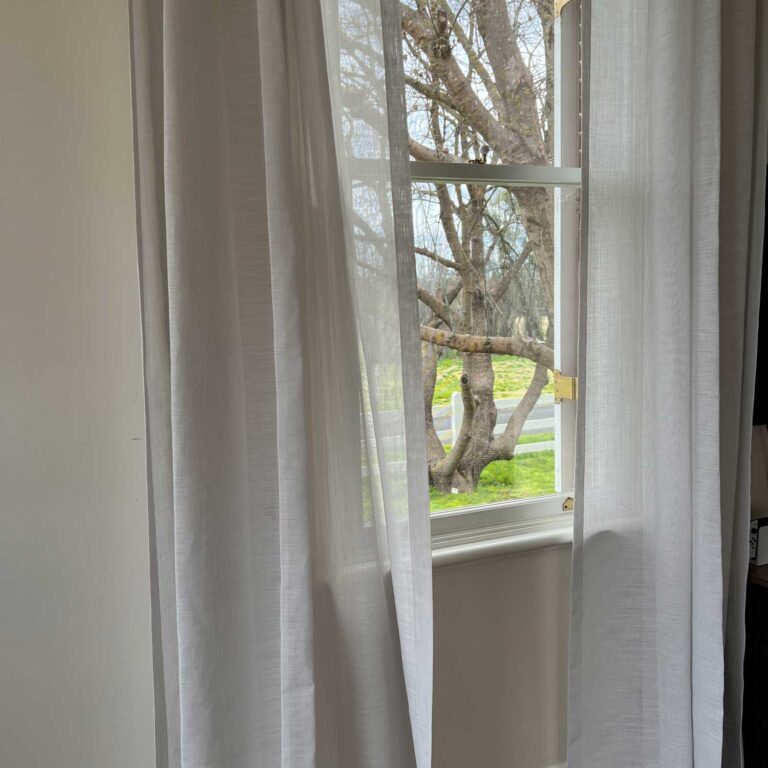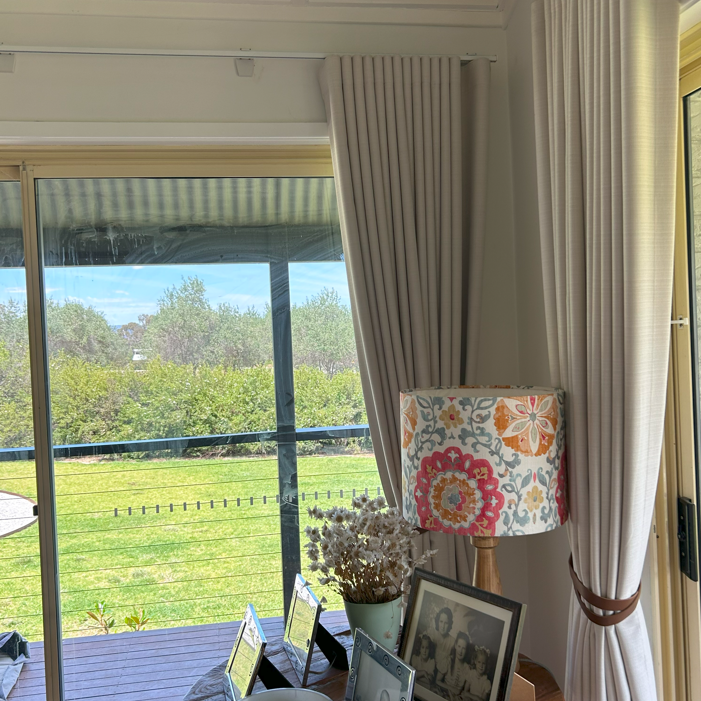
Modernisation & The Evolution of Curtains
Introduction
The 20th century brought about profound changes in society, technology, and design, which inevitably influenced the evolution of curtains. As we leave behind the opulence of the past and embrace a new era of modernity, we witness how curtains transitioned from decorative status symbols to practical and versatile window furnishings. Join us as we delve into the era of modernization and discover how curtains adapted to the changing needs and aesthetics of the times.

Impact of Industrialization on Curtain Production and Design
The advent of industrialization revolutionized textile manufacturing, making curtains more accessible and affordable to the masses. Factories churned out fabrics at an unprecedented scale, offering a wide range of patterns, colours, and textures to suit diverse tastes. With the democratization of curtain materials, homeowners were no longer limited to costly options, allowing them to experiment and personalize their window treatments.
Art Nouveau and Art Deco Influences on Curtains
The early 20th century was characterized by influential design movements such as Art Nouveau and Art Deco, both of which left their mark on curtain design. Art Nouveau embraced flowing lines and organic motifs, inspiring curtains with nature-inspired patterns and soft drapery. Art Deco, on the other hand, brought a sense of geometric elegance to interiors, influencing curtains with bold geometric designs and luxurious materials like silk and velvet.


Functionality and Minimalism in Curtain Design
As the 20th century progressed, a shift towards functionality and minimalism emerged in interior design. Curtains were no longer solely ornamental but also had to serve practical purposes. Simple and clean designs gained traction, with tailored pleats and sleek hardware becoming more popular.
Influential designers like Ludwig Mies van der Rohe and Le Corbusier embraced the concept of "less is more," encouraging the use of clean lines and uncluttered spaces. This minimalist approach extended to curtain design, with window treatments becoming more understated and streamlined.

Curtains in Mid-Century Modern and Contemporary Interior Design
The mid-20th century saw the rise of mid-century modern design, characterized by a blend of simplicity, functionality, and organic forms. In this style, curtains were often used sparingly, allowing natural light to flow freely into the living spaces. Light-coloured fabrics like sheer curtains were favoured, creating an airy and open atmosphere.
In contemporary interior design, curtains continue to evolve to meet the demands of modern lifestyles. Technology integration, such as motorized curtain systems and smart fabrics that respond to environmental changes, has become increasingly prevalent, adding a touch of innovation and convenience to curtain design.
Conclusion
As we conclude our exploration of the evolution of curtains in the 20th century, we marvel at how these essential elements of interior decor have adapted to the changing times. From the impact of industrialization and design movements to the emergence of synthetic materials and the allure of minimalism, curtains have journeyed through a century of transformation, continuing to hold their position as versatile and indispensable window furnishings.
Join us in the next blog as we peer into the present and future of curtains, exploring current popular styles, sustainable options, and the integration of technology, offering a glimpse of how curtains will continue to shape interior design in the years to come. Stay tuned for the final chapter of our blog series on the captivating history of window furnishings.


